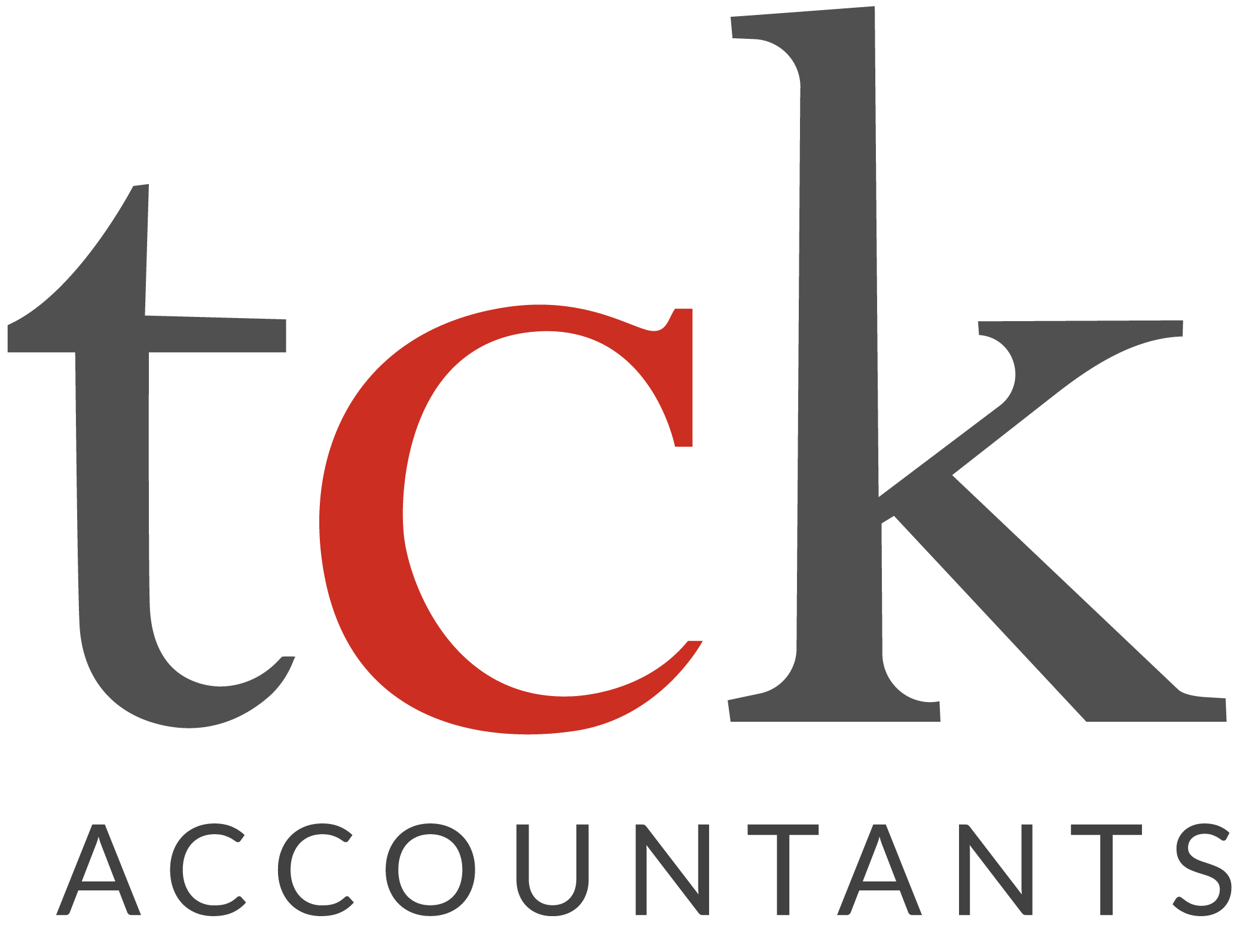Yes, it is that time of year again… time to refresh ourselves on the topic of Fringe Benefits Tax (“FBT”)… and prepare for the upcoming tax compliance season!
With the new FBT year starting on 1 April, now is the time to consider opportunities to effectively structure your employee remuneration package and identify potential tax savings.
FBT is a tax imposed on employers that provide non-cash benefits to employees or their associates. The FBT rate for the 2020-21 income year is 47%. Employers that provide non-cash benefits to employees (past, present or future) or their associates must lodge an annual FBT return (for the period from 1 April to 31 March) and self-assess their liability.
There are different categories of fringe benefits (as detailed on the ATO website). Some examples include:
- allowing an employee to use a work car for private purposes
- giving an employee a discounted loan
- paying an employee’s gym membership
- providing entertainment by way of free tickets to concerts
- reimbursing an expense incurred by an employee, such as school fees
- providing benefits to an employee under a salary sacrifice arrangement
Each category of fringe benefit has its own specific valuation rules. Some fringe benefits are exempt from FBT or receive concessional treatment. For certain categories of fringe benefits, the “otherwise deductible rule” applies to reduce the taxable value of the fringe benefit, where the employee used that benefit for income-earning purposes. For those keen on reading more, the ATO has available a website for small business (see here) and has published a comprehensive FBT guide for employers (see here).
Take a look at the FBT rates and thresholds for the 2020-21 FBT year (see here).
An employer’s FBT liability is calculated by applying the FBT rate to the fringe benefits taxable amount for the FBT year, which in turn is calculated by applying a (“Type 1” / “Type 2”) gross-up rate. The gross-up rate used depends on whether a goods and services tax (“GST”) credit is available in respect of a benefit.
Employers that provide certain fringe benefits with a total taxable value greater than $2,000 during an FBT year must report the grossed-up taxable value of the fringe benefits through Single Touch Payroll for the relevant income year.
Of the various types of fringe benefits, two commonly occurring ones are car fringe benefits and entertainment-related fringe benefits. We look at these below.
Car fringe benefits
An employer provides a car fringe benefit if they make a car they own or lease available to an employee for their private use.
Note: FBT applies where a benefit is provided by a third party under an arrangement with the employer, or is provided to an associate of the employee.
For FBT purposes, a car is:
- a sedan, station wagon, four-wheel drive vehicle, panel van or utility (with a carrying capacity of less than one tonne);
- any other goods-carrying vehicle with a carrying capacity of less than one tonne; and
- any other passenger-carrying vehicle designed to carry fewer than nine passengers.
In limited circumstances, car benefits are exempt from FBT. For example, an employee’s private use of a taxi, panel van or utility designed to carry less than one tonne, is exempt from FBT if their private use is limited to:
- travel between home and work;
- incidental travel occurring whilst performing employment-related travel; and
- non-work-related use that is minor, infrequent and irregular (for example, occasional use of the vehicle to remove domestic rubbish).
Other benefits provided in relation to the use of a car, whilst not constituting a car fringe benefit, may instead be an expense payment or residual fringe benefit. For example, allowing an employee to use your electronic toll tag may constitute a residual fringe benefit.
Private use
A car is taken to be available for the private use of an employee on any day that they or their associates use it for private purposes or could use it for private purposes. In general, travel to and from work is private use of a vehicle.
If a car is garaged at or near an employee’s home, it is taken to be available for the employee’s private use, regardless of whether or not the employee has permission to use the car privately. Similarly, where the place of residence and employment are the same, the car is taken to be available for private use.
To calculate a car fringe benefit, an employer must work out the taxable value of the benefit using either the statutory formula method (based on the car’s cost price) or the operating cost method (based on the costs of operating the car. A logbook must be maintained over a limited period to ascertain the business use percentage, based on the number of business kilometers travelled).
Providing entertainment
The provision of entertainment may occur by way of food, drink or recreation; or, accommodation or travel in connection with such entertainment.
Entertainment includes, for example:
- business lunches and drinks, cocktail parties and staff social functions;
- sporting or theatrical events, sightseeing tours and holidays; and
- entertaining employees and non-employees (for example clients) over a weekend at a tourist resort or providing them with a holiday.
Apart from the specific category of meal entertainment, the provision of entertainment may give rise to various types of fringe benefits. For example:
- the cost of theatre tickets purchased by an employee and reimbursed by the employer may constitute an expense payment fringe benefit; and
- providing accommodation or transport in connection with entertainment may constitute a residual fringe benefit.
Some entertainment may be exempt from FBT. For example, food and drink provided to and consumed by current employees on business premises on a working day may be exempt.
We will now consider an FBT exemption available to small business.
Work-related portable electronic device exemption
An FBT exemption can apply to small business employers when providing work-related portable electronic devices to employees.
A portable electronic device is a device that:
- is easily portable and designed for use away from an office environment;
- is small and light;
- can operate without an external power supply; and
- is designed as a complete unit.
Portable electronic devices include:
- mobile phones;
- calculators;
- personal digital assistants (“PDAs”);
- laptop computers;
- portable printers; and
- portable global positioning system (“GPS”) navigation receivers.
From 1 April 2016, an FBT exemption applies to multiple work-related portable electronic devices provided by small business employers, even if the devices have substantially identical functions.
This exemption applies to portable electronic devices used mainly in the employee’s employment and that is provided to an employee after 31 March 2016.
Example – Portable electronic device
A small business employer who provides an employee a laptop and a tablet for work-related use after 31 March 2016 is able to claim an FBT exemption for both devices even though they may have substantially identical functions. The employer will not have to pay FBT on either of the devices.

